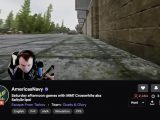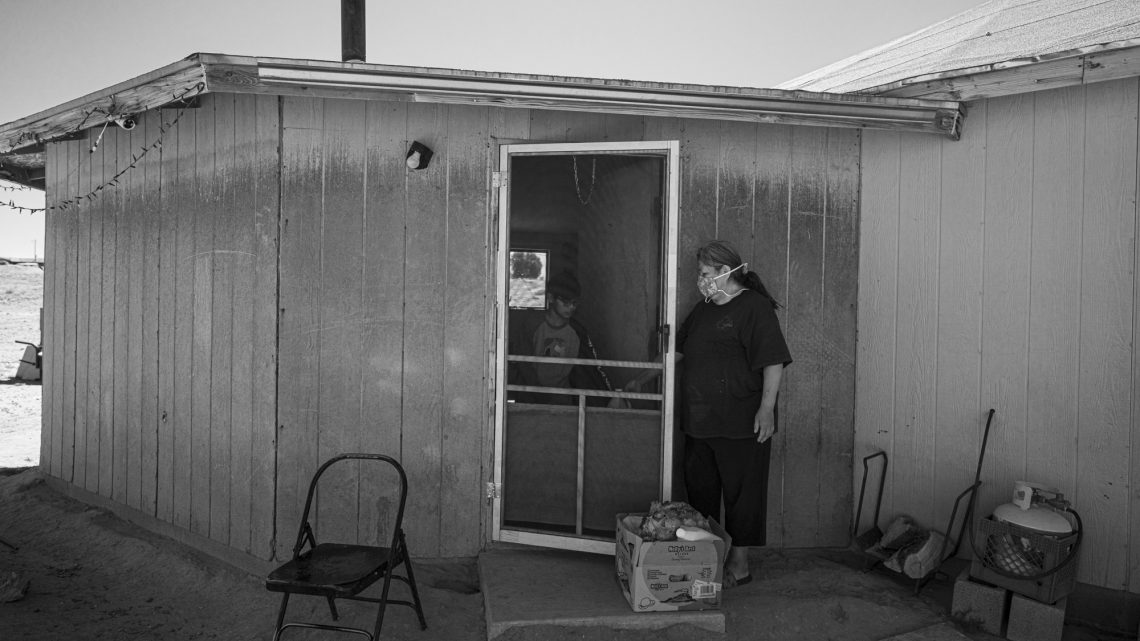
Coronavirus Is Devastating the Navajo Nation
July 20, 2020Want the best of VICE News straight to your inbox? Sign up here.
Watch VICE News Tonight Tuesday at 11 p.m. on VICE TV.
NAVAJO NATION – Michael Begay, who owns and operates the only funeral home on the western part of Navajo Nation, usually processes about 270 bodies a year. But by the time coronavirus had exploded across the U.S. in June, he’d already surpassed that.
He’s had to hire more staff and even acquire a freezer trailer to fit all the bodies of local people lost to the virus.
“We run out [of caskets] every week, basically,” said Begay, who owns and operates Valley Ridge Mortuary in Tuba City. “In fact, I [have] to send staff down to Phoenix to collect more caskets. We get our order biweekly and we run out every week.”
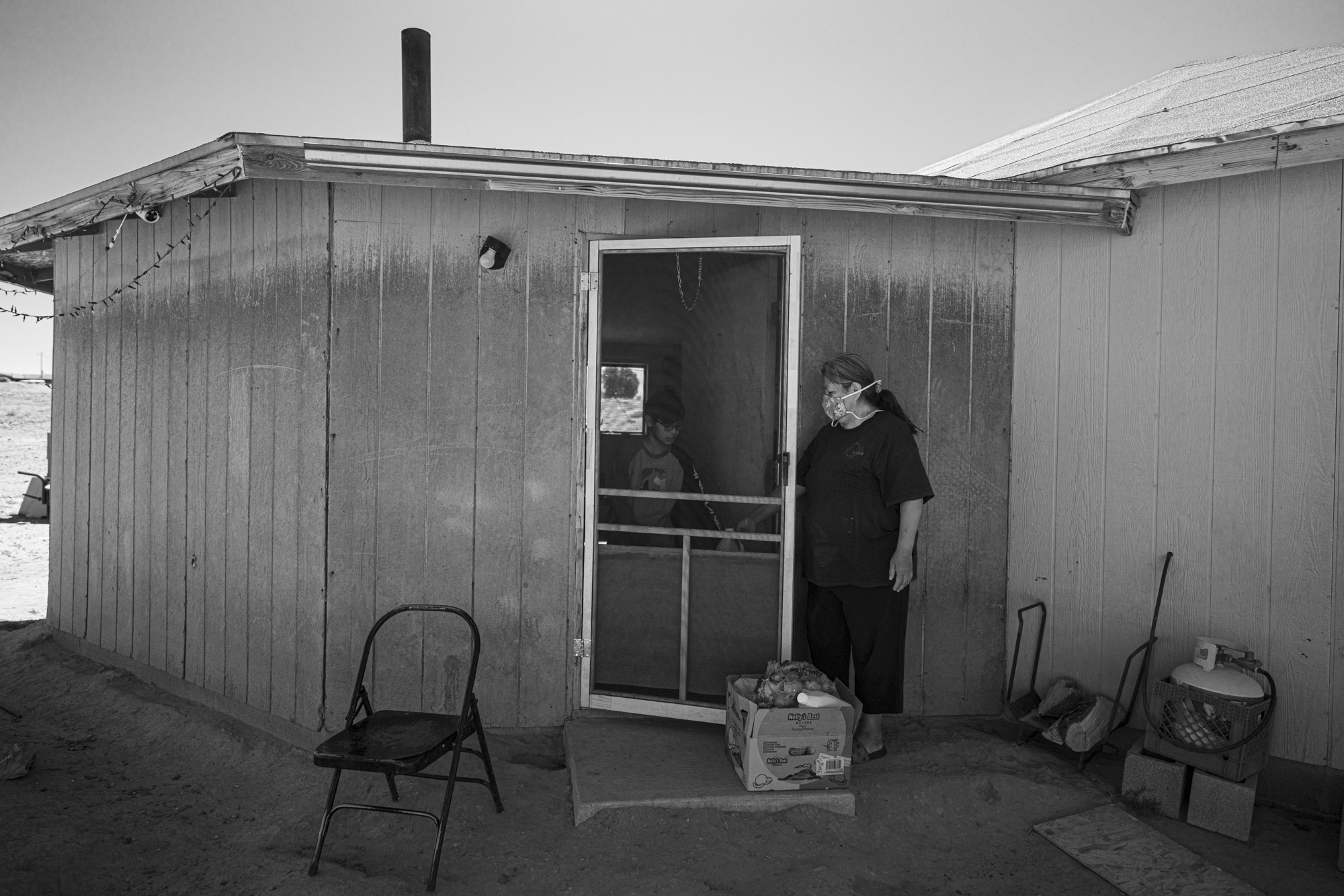
The Navajo reservation, about the size of West Virginia, has had one of the highest per-capita rates of COVID infection in the U.S. As of July 19, Navajo Nation tallied 8,593 cases and 422 deaths — that's more confirmed cases than 10 states and more deaths than 16. About 30% to 40% of residents in the reservation don’t have running water, which makes following basic CDC guidelines, such as handwashing, almost impossible. On top of that, there are only 12 healthcare centers and 13 grocery stores for the 173,000 people who live on the reservation.
“I just kind of anticipated this was going to happen,” Begay told VICE News.
READ: Governments Worldwide Are Failing Indigenous Peoples During the Pandemic

The virus isn’t just fueling one of the worst outbreaks in the country on the reservation, which includes parts of New Mexico, Utah, and Arizona. It’s exposing the underlying systemic inequities that have existed there for decades at the hands of the U.S. government. Navajo Nation has consistently been left out of key federal infrastructure legislation and has historically been exploited for natural resources, like uranium. Today, Navajos can’t even count on the most basic infrastructure, like paved roads and water. And during a pandemic, those are proving to be matters of life and death.
“COVID-19 has opened a Pandora’s box of something that’s always been there and shown the major inequities we face as the first nations of this land,” family physician Michelle Tom told VICE News.
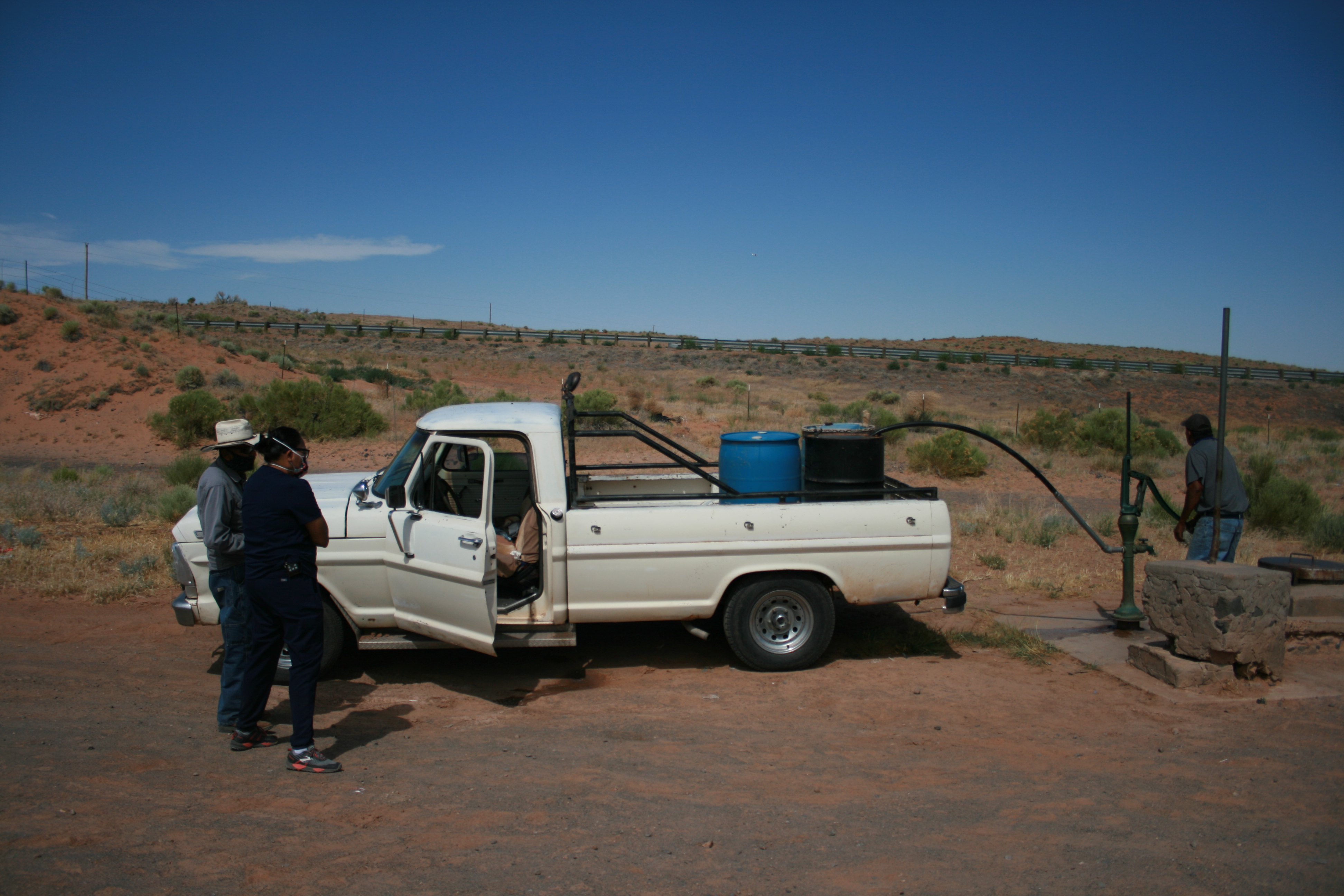
Tom grew up on the reservation and now works at Winslow Indian Health Care Center, which serves the 17,000 people who live along the southwestern edge of the reservation in Winslow, Arizona. The location has only one specialist, two ventilators, no ICU units, and no ER doctors on call.
“We have, per capita, probably the highest rate of diabetes, hypertension, cardiovascular disease, and COVID seeks that out. And it makes us most vulnerable. So as a people, it's hitting us hard,” Tom said.
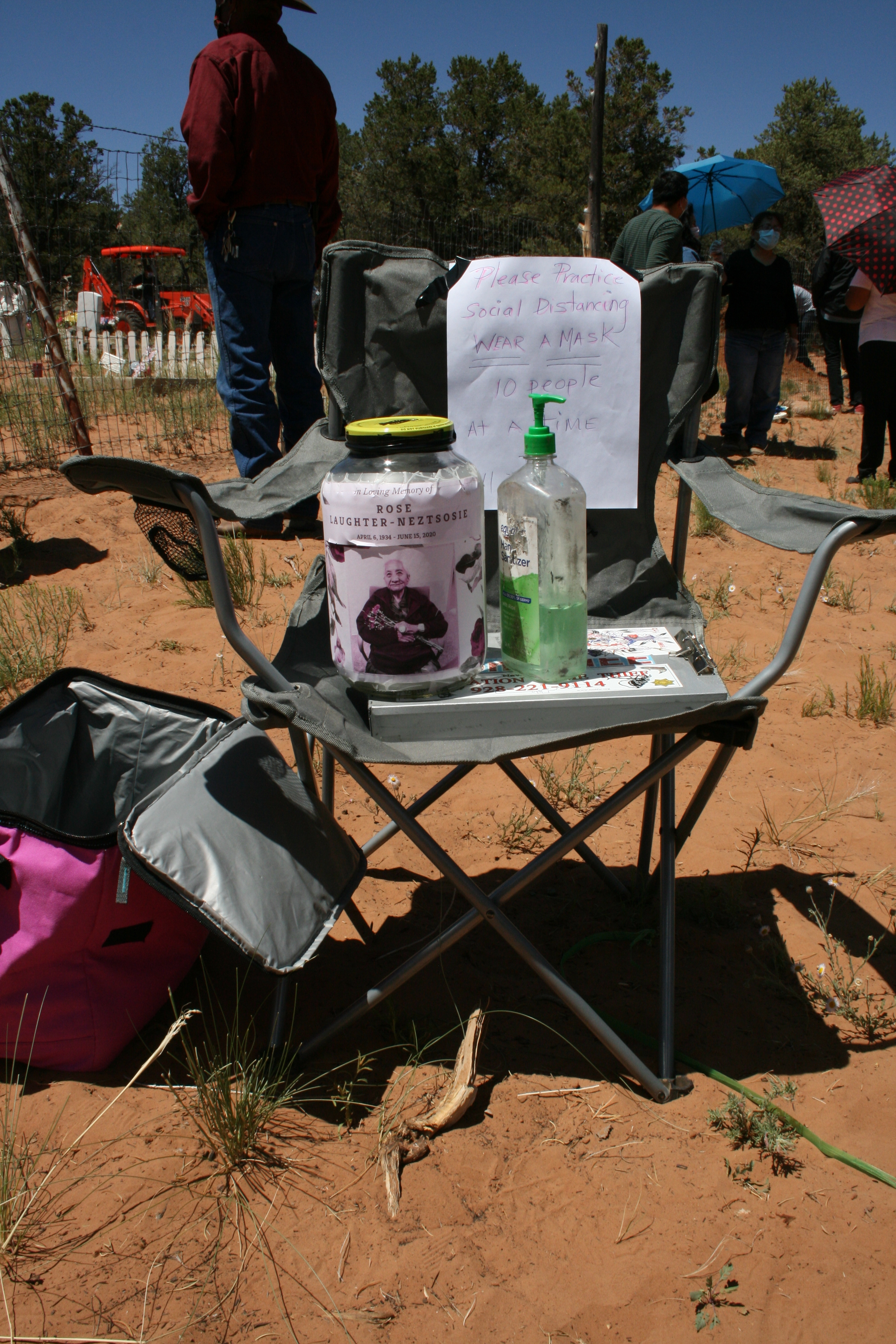
For decades, the Navajo Nation has promised its own residents access to water. The Nation's leadership doesn't have the money to build the infrastructure it would take to get all of its residents access to water. And even if they did, they'd run into a web of federal regulations governing their access to bodies of water as a sovereign nation.
When Jonathan Nez was elected president of the Navajo Nation in 2018, he pledged to resolve water-rights issues once and for all. But so far, no major water projects have been started.
Even beyond the critical infrastructure problems the reservation is facing during the pandemic, mismanagement of federal funds is making matters worse.
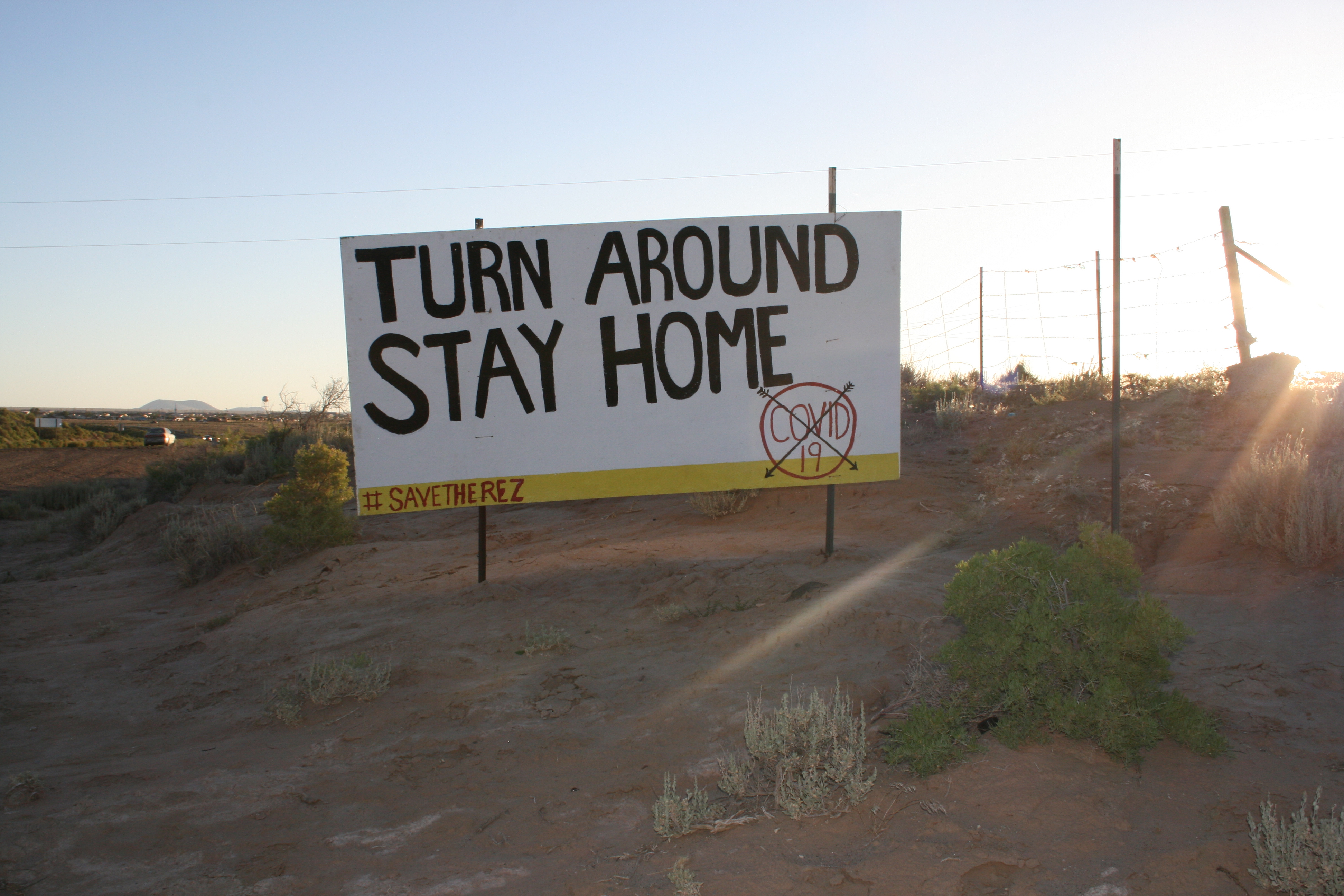
The first COVID-19 relief bill, which was signed by President Trump on March 27, allocated $600 million to help the Navajo Nation respond to the crisis. But the money wasn’t received until nearly two months later. By that point, Navajo Nation was on track to outpace New York in per-capita rates of infection.
The Navajo Nation government then received an additional $114 million from the U.S. government after tribes, including Navajo Nation, sued the Treasury Department for mismanagement in distributing the aid. But even after receiving the federal funds, most of the money sat untouched for months on Nez’s desk.
“The money is in our bank account. And right now, as we speak, June 19th, the Navajo Nation Council is debating our fund management plan for the nation,” Nez told VICE News.
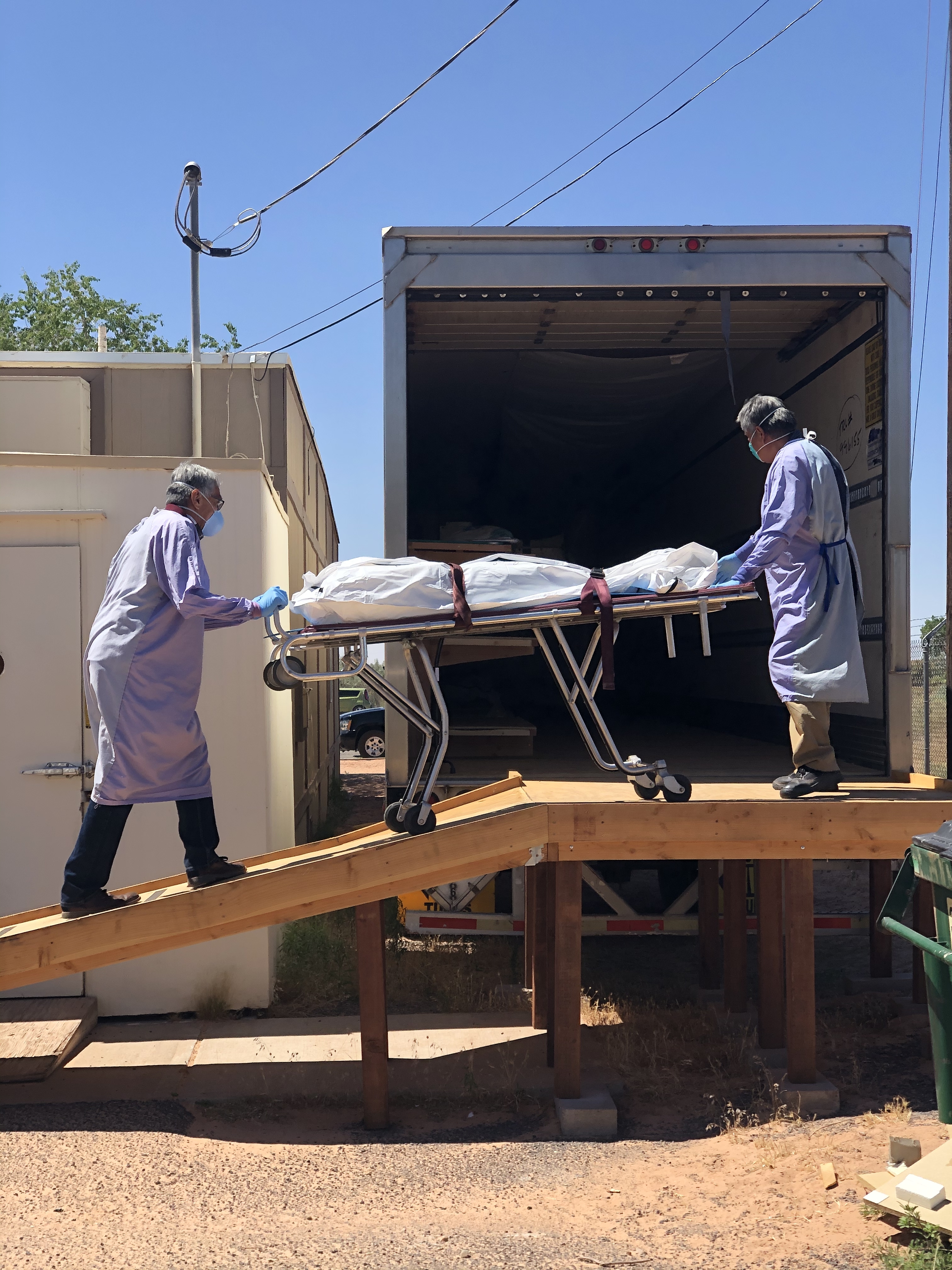
Since then, the Navajo Nation Council has proposed how to allocate the funds. A majority will go toward water projects, but it’s unclear if there’s a real path forward, especially with restrictions from the federal government on how quickly the funds must be used.
In the meantime, weekend lockdowns are still in effect as the virus continues to move through the reservation.
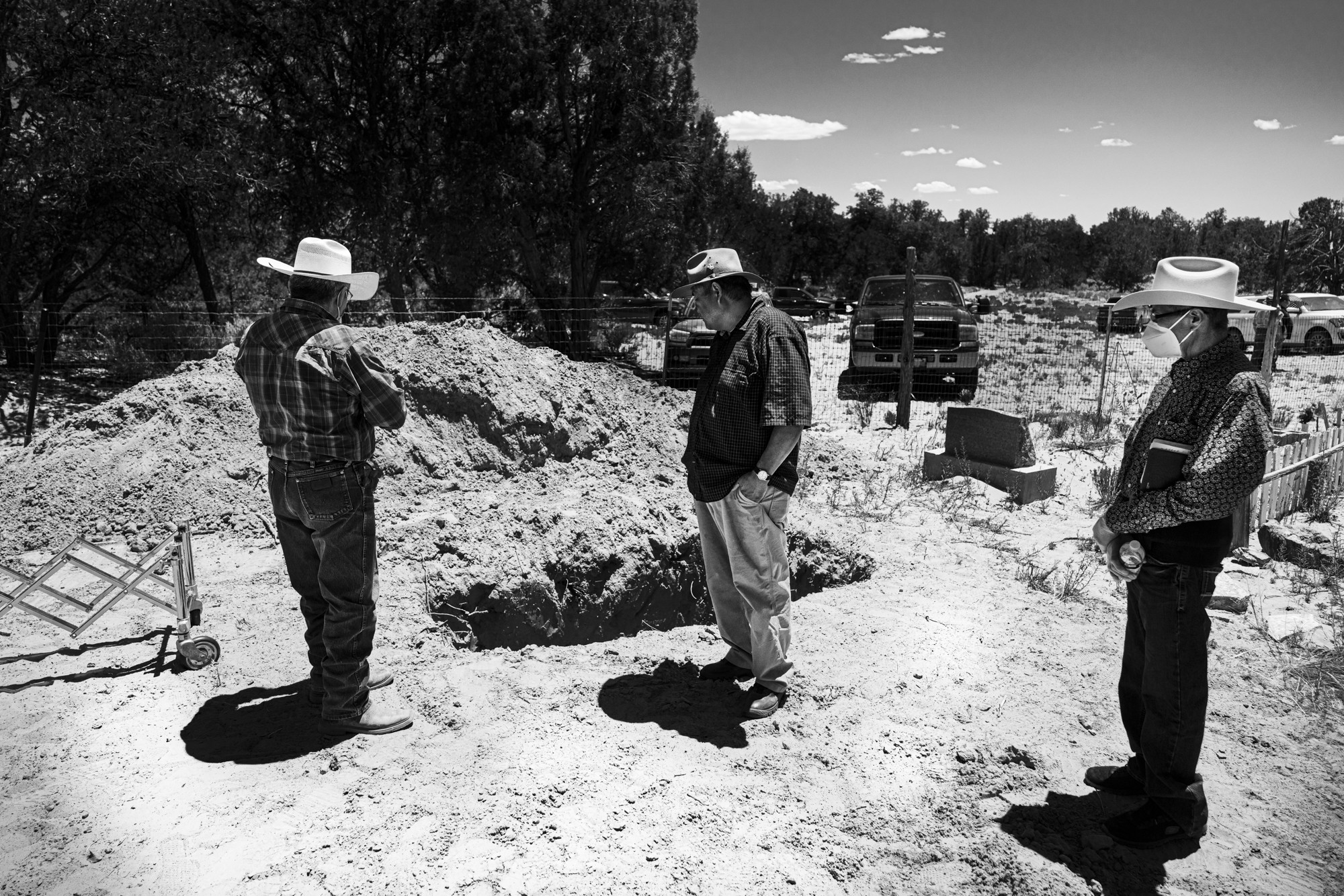
Cover: Kee Haskan, 89, stands outside his home in Dilkon, Navajo Nation, on June 17, 2020. Haskan has lived on the reservation his entire life without running water or electricity. He was supposed to have plumbing put in this past spring but construction had to stop due to coronavirus. (Simone Perez/VICE News)

